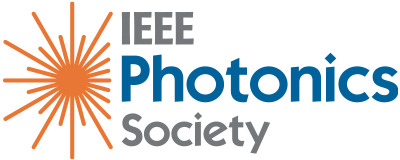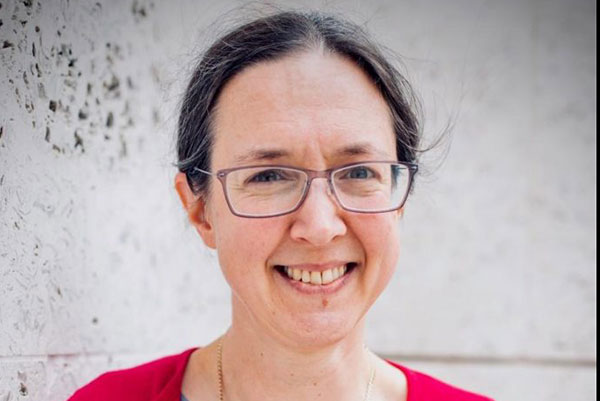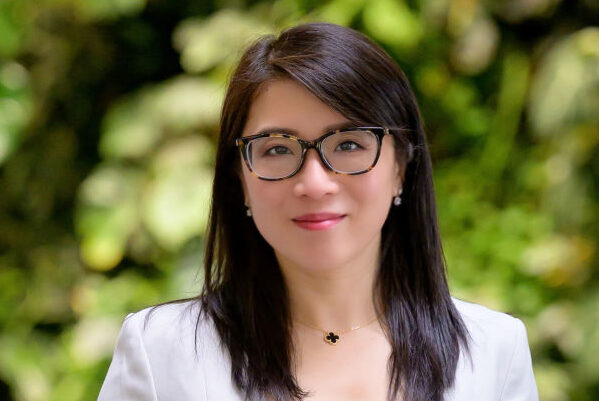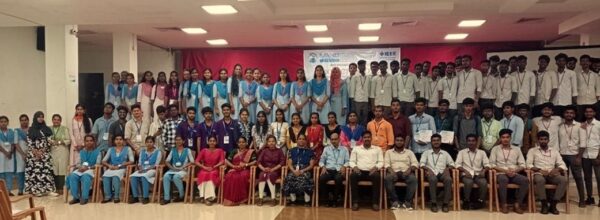In this series partnered with WaveJobs, we invite people at different career stages to share about their experience in Photonics and lessons learned in professional development. Today we interview Prof. Rachel Oliver, Director of the Cambridge Centre for Gallium Nitride at the University of Cambridge and a Co-Founder of Porotech, UK, a spin-out of the University of Cambridge focused on commercialization of porous GaN material platform technology.
Patryk: What is the field of you interest in Photonics and how did it all start in your life?
Rachel: My field of interest is nitride semiconductor materials for light emitting devices. I’m particularly interested in light emitting diodes for a wide range of applications from general lighting, to displays, to UV devices for disinfection. I also work on much more esoteric light emitters such as single photon sources.
My interest in photonics started as an interest in semiconductor materials. I’ve been interested in materials for my entire life, just from my observations of the world around me. I used to ask my mum annoying questions like “Why isn’t milk see-through?” or “Why does the pumice stone float in the bath?”. The answers to those questions come down to the structure of the materials, in some cases the structure on the very small (nano) scale. I decided to study materials science and engineering at University, and encountered semiconductors at the intersection of materials science and electronics. I was fascinated by the way in which the crystal structure determines fundamental electrical properties, such as the bandgap, and that got me searching for a PhD looking at fundamental structure-property relationships in semiconductors. That’s how I encountered gallium nitride, a material where the structure-property relationships enable light emitting devices, but also where defects and other aspects of the nanoscale structure have a profound effect on performance. It was fascinating, and I was hooked!
Patryk: What do you consider to be your biggest achievement and contribution so far to the development of Photonics science and industry?
Rachel: I’m very proud of my work on atom probe tomography (APT) of LED materials. APT is a materials characterization technique which allows us to analyse variations in a material’s composition in three dimensions at the nanoscale. It’s a technique that has traditionally mostly been used for metals, and when I first tried it for nitrides it was generally assumed to be irrelevant or impossible for these relatively low conductivity, wide-bandgap materials. It turned out to be both entirely possible, and very relevant: it revealed details of the LED’s small scale structure that hadn’t been known before and about which incorrect conclusions had been drawn which were leading to ineffective approaches to device optimization. My results influenced the trajectory of research and development of LEDs, but they also showed the broader community that APT was relevant to semiconductors, and other non-metallic materials, and the technique has now been taken up across a wide range of industries for these applications.
Patryk: What excites you most and keeps you motivated to further contribute to this field?
Rachel: At the moment, I’m most excited about porous gallium nitride. By fabricating nitride materials with billions of tiny nanometer pores, we can achieve materials properties which were previously impossible in this family of materials. It’s a really newly developed area, and it’s great fun to find ways to engineer new structures, engineer new properties and drive the material into novel, unexpected applications. I guess I’m still basically just really interested in how a material’s structure controls its properties, particularly at the really small scale. I love microscopes!
Patryk: At WaveJobs we have noticed that many companies and universities struggle to find proper candidates in the field of photonics. What are the main obstacles you and your peers experience when looking for potential employees to your projects?
Rachel: I think we experience particular challenges, because we’re a materials science group working in a field where physicists and electrical engineers tend to dominate discussions. Often we’re looking for candidates who both have a really good understanding of nitride devices and to have hands-on skills with the classic techniques of materials science such as microscopy and X-ray diffraction. That combination of skills can be hard to find! However, we’ve found that if people come to us with a good solid grounding in basic physics and relevant lab skills, we can usually teach them the specialist details about gallium nitride. It’s sometimes less efficient for us to employ someone who knows all about GaN, but needs training from scratch in the materials science techniques we use.
Patryk: Would you share any piece of advice you would give to those looking for first jobs in Photonics or Photonics-related fields?
Rachel: If you’re going into research, then the key thing is to figure out what really interests you and follow your passion. It’s going to be tough at times, but if you’re genuinely fascinated by the topic you work on, then that will keep you going strong.
Patryk: Rachel, thank you very much for the interview. It’s inspiring to see the way you went through from your childhood to professorship and commercial success with Porotech kept by the same passion.





